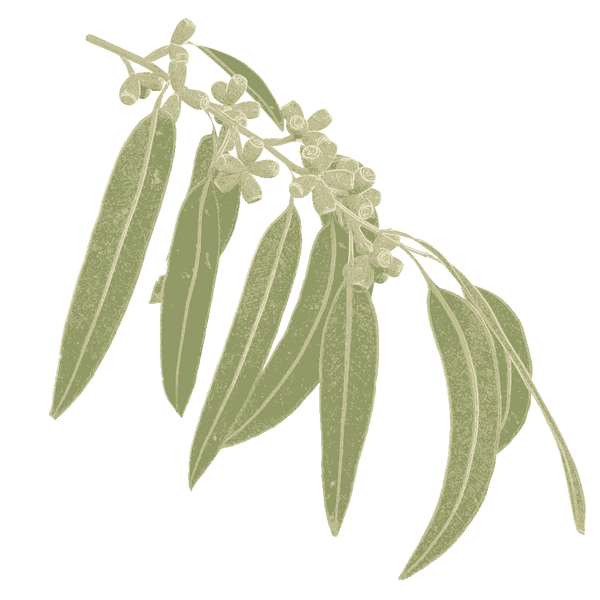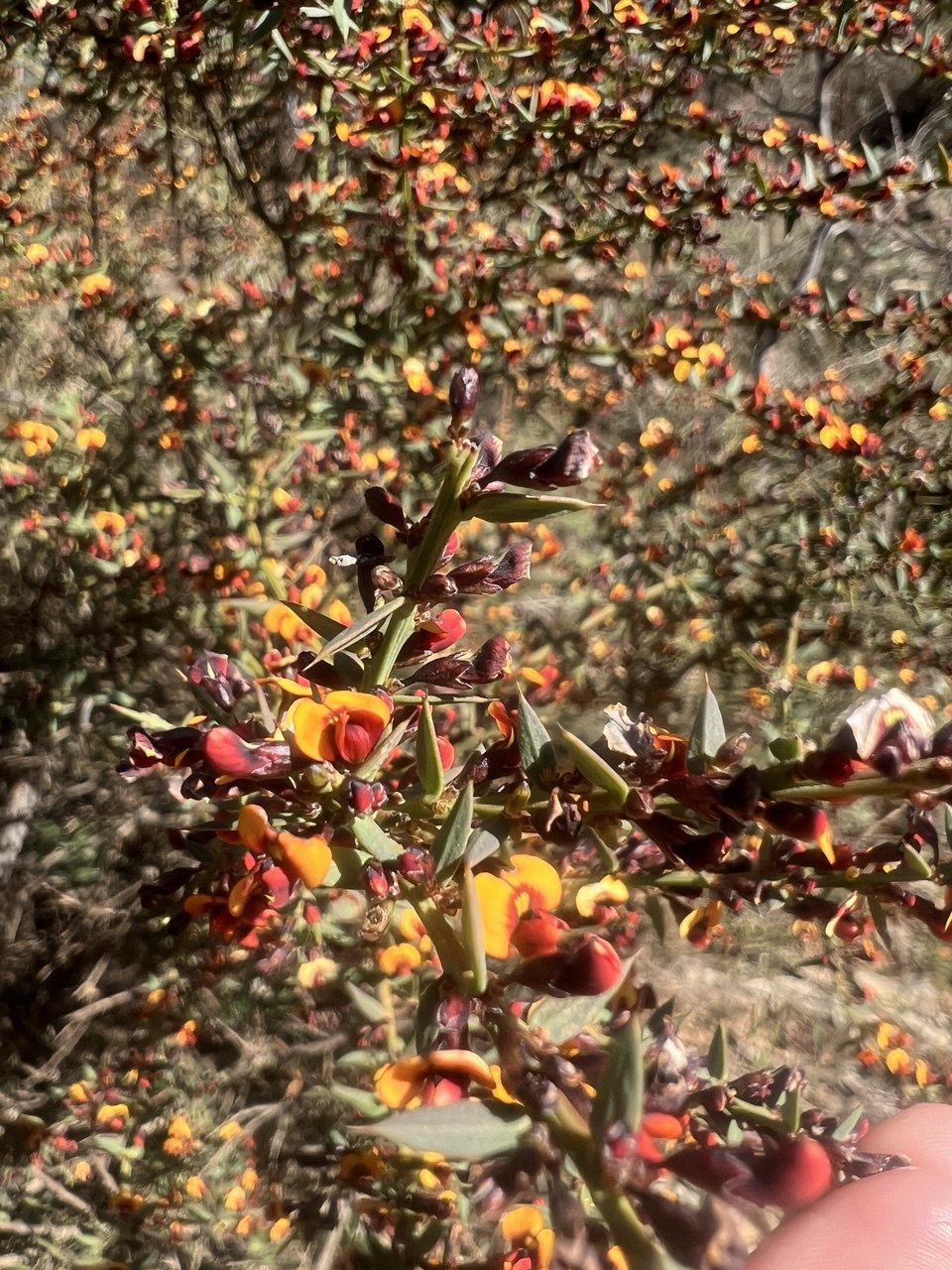In ecological restoration, timing is everything.
From seed collection to final establishment, the steps involved in restoring native vegetation across Australia—particularly in Victoria—require not only ecological expertise, but a strategic, long-term view. Yet, too often, seed supply is an afterthought. Landholders, planners, and contractors may assume native seed can be sourced “off the shelf” as needed.
The truth is, sourcing appropriate native seed—especially in the volumes and diversity required for ecological restoration—can take up to two years, or even longer. Early planning isn’t just helpful—it’s essential.
Why Native Seed Supply Requires Long Lead Times
Unlike commercial agricultural seed, which is mass-produced annually and globally distributed, native seed for restoration is often:
-
Wild-collected or sourced from small-scale seed production areas.
-
Regionally specific, with a strong emphasis on local provenance.
-
Seasonally dependent, with narrow windows for ripening and harvest.
-
Species-limited, as some plants may only set seed every 2–3 years.
This means that meeting demand for restoration-grade native seed requires considerable forward planning, especially when the goal is a diverse, functionally designed seed mix.
Key Factors Contributing to Long Lead Times
-
Species Biology and Ecology
-
Many Australian native plants have irregular or slow seed production cycles.
-
Some species only flower in response to particular triggers (e.g. fire, drought).
-
Seeds may mature over a very short window, requiring precise timing to collect.
-
-
Climatic and Seasonal Variability
-
Drought, flooding, late frosts or bushfires can devastate seed crops.
-
A bad year for flowering can mean total failure for seed production.
-
-
Collection and Processing Time
-
Seed must be hand-collected in many cases, then cleaned, dried and tested.
-
Some seeds require special processing (e.g. separation from fluff, removal of awns).
-
Storage conditions must be carefully managed to retain viability.
-
-
Regulatory and Ethical Constraints
-
Permits are often needed for seed collection on public or protected land.
-
Collection must not harm wild populations or ecological communities.
-
Ethics of provenance sourcing require time and diligence to meet.
-
-
Lack of Existing Stockpiles
-
Because seed is perishable and demand unpredictable, few suppliers keep large reserves.
-
Most seed is collected or grown-to-order, especially for complex restoration mixes.
-
Understanding Restoration Timelines
To put things in perspective, consider the timeline for a typical revegetation project using direct seeding or native seed broadcasting:
| Stage | Timeframe |
|---|---|
| Site survey & planning | 0–3 months |
| Species list development | 1–2 months |
| Engage supplier & confirm order | 18–24 months prior to seeding |
| Seed collection/production | 1–2 years depending on species |
| Seed cleaning & testing | 1–3 months after harvest |
| Site prep & weed control | 3–6 months prior to sowing |
| Seeding window (autumn/spring) | Based on seasonal conditions |
If seed needs aren’t discussed until just a few months before planting, there's a high risk that some species won't be available—especially the rarer or more desirable ones.
Why “Just-in-Time” Doesn’t Work for Native Seed
In commercial agriculture, large-scale infrastructure and a mature global supply chain make it possible to order seed on-demand. But native seed supply chains are fragile, small-scale, and heavily reliant on local knowledge and seasonal opportunity.
Waiting until the last minute creates problems such as:
-
Limited species choice – resulting in a less diverse and functional mix.
-
Use of inappropriate provenance – risking poor establishment and ecological mismatch.
-
Higher costs – as urgent or short-notice jobs drive up labour and sourcing effort.
-
Delays or project failures – when critical species simply aren’t available in time.
By contrast, early planning opens the door to better restoration design, greater resilience, and stronger ecological outcomes.
Common Scenarios Where Delays Hurt
Here are some real-world examples where lead time becomes critical:
1. Restoring a Rare Grassy Woodland
You want to restore a patch of endangered grassy woodland. It requires about 25 species, many of which are uncommon and don’t produce seed every year. If you give two years’ notice, these species can be targeted. If you give three months’ notice, you’ll get maybe six of them.
2. Roadside Revegetation After Infrastructure Works
A civil contractor needs a roadside revegetation done with native grass and wildflower species. Native grass seed production takes 12–18 months. If this wasn’t pre-planned, you’ll be offered substitutes or generic mixes that don’t match the local vegetation community.
3. Large Landscape-Scale Projects
For projects covering 100+ hectares, the quantity of seed required is too large to source in a single season unless prior arrangements are made. Short lead times can result in sourcing from broader or inappropriate areas—or downgrading the project scope entirely.
How to Plan for Seed Supply Effectively
If you’re a landholder, government agency, landcare group, or restoration consultant, here’s how to avoid common pitfalls:
1. Start Early—As Early as Possible
Engage seed suppliers at least 18–24 months before you plan to sow. Earlier is even better if the project involves rare species, sensitive areas, or high biodiversity goals.
2. Share Your Species List
Provide a draft or indicative species list, even if incomplete. This allows suppliers to assess feasibility and start allocating or targeting collections.
3. Communicate Project Scale
Knowing the area to be revegetated, desired density, and overall volume helps suppliers calculate seed quantities and plan accordingly.
4. Understand What’s Feasible
Some species might not be available. Others might need substitutes. Work collaboratively with your supplier to develop a balanced, functional seed mix suited to the site.
5. Secure Supply with Deposits or MOUs
Suppliers may prioritise projects with formal agreements in place. A deposit or memorandum of understanding can help secure rare seed collection efforts.
Seed Suppliers Aren’t Warehouses—They’re Partners
At Native Seed Victoria, we see ourselves not just as seed vendors, but as part of your ecological restoration team. Our collectors, agronomists, and ecologists understand the unique demands of Victoria’s landscapes and how best to restore them.
We grow, harvest, clean and store seed based on demand forecasting, client communication, and best practice. Early engagement lets us:
-
Reserve seed lots for specific clients
-
Plan sustainable collections in key locations
-
Target hard-to-find species early
-
Ensure genetic integrity by collecting within appropriate seed zones
References
Australian Network for Plant Conservation (ANPC). (2018). Guidelines for the Translocation of Threatened Plants in Australia, Third Edition. Canberra, ACT. Retrieved from https://www.anpc.asn.au/translocation
Broadhurst, L. M., Lowe, A. J., Coates, D. J., Cunningham, S. A., McDonald, M., Vesk, P. A., & Yates, C. (2008). Seed supply for broadscale restoration: Maximizing evolutionary potential. Evolutionary Applications, 1(4), 587–597.
DOI: 10.1111/j.1752-4571.2008.00045.x
Commander, L. E., Merino-Martín, L., & Rokich, D. P. (2022). Enabling large-scale native seed production and supply for restoration in Australia. Restoration Ecology, 30(3), e13707.
(Please search academic databases for access or contact the authors for a copy.)
Florabank. (2005). Florabank Guidelines for the Collection, Storage and Use of Native Seed for Revegetation. Joint initiative of Greening Australia, CSIRO, and the Australian Government.
Retrieved from https://www.florabank.org.au/guidelines
Greening Australia. (n.d.). Native Seed for Restoration Projects.
General resource hub available at https://www.greeningaustralia.org.au – Note: individual article URLs may have changed or been removed.
Delpratt, J. (2006). Native Seed for Revegetation: What's the Problem? (Unpublished/Archived resource).
Note: The original article may no longer be available online. Contact local universities or Greening Australia archives for access.
Victorian Department of Environment, Land, Water and Planning (DELWP). (2017). Biodiversity 2037: Victoria’s Plan to Stop the Decline of Our Native Plants and Animals.
Retrieved from https://www.environment.vic.gov.au/biodiversity/biodiversity-plan
Final Thoughts
The days of treating native seed sourcing as an afterthought are over. As ecological restoration grows in scale and complexity, the need for secure, sustainable native seed supply chains has never been greater.
But this won’t happen unless projects are designed with seed in mind from the very beginning. Planning 18 to 24 months in advance isn’t just ideal—it’s often the only way to guarantee success.
At Native Seed Victoria, we’re here to help you plan ahead, source smart, and sow with confidence. Let’s grow tomorrow’s landscapes—today.

